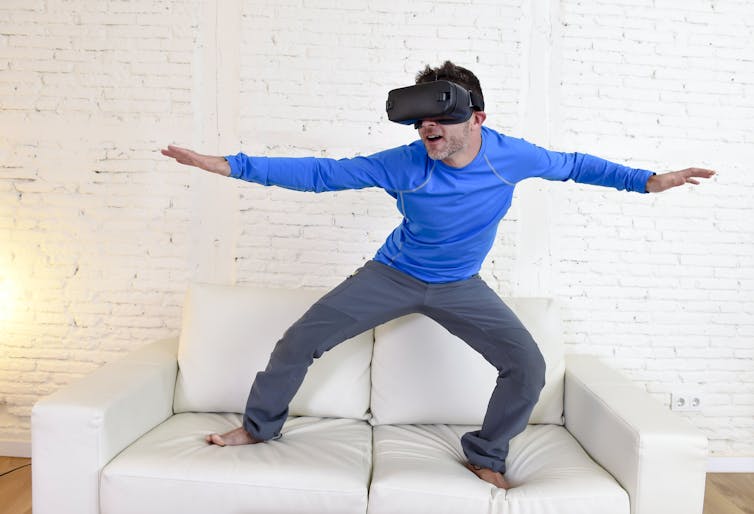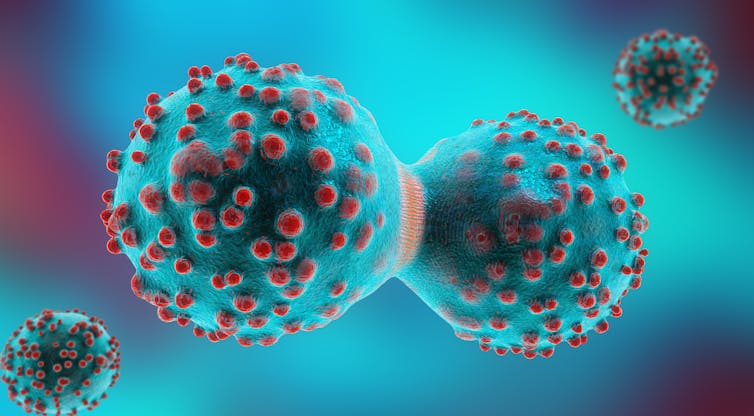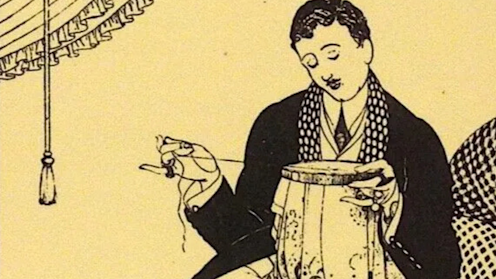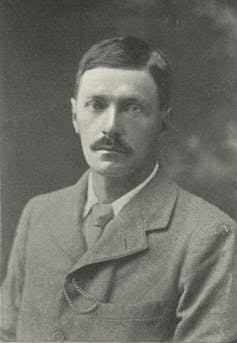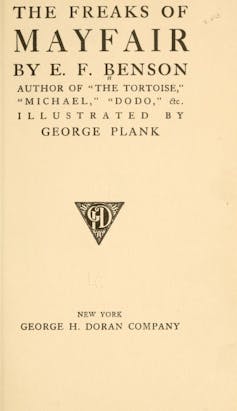Source: The Conversation – UK – By Seamus Higgins, Associate Professor Food Process Engineering, Chemical & Environmental Engineering, University of Nottingham
Baby food pouches came under scrutiny earlier this year, following a report from the University of Leeds and consumer group Which?.
The findings were troubling. Many pouches are high in sugar, nutritionally inadequate, and potentially harmful if consumed regularly. The report also warns that parents are being misled by so-called “halo” marketing claims – labels like “nutritionally balanced,” “no added sugar” and “organic” – which often obscure poor nutritional profiles.
This isn’t the first time these products have raised concerns. A 2023 study published in BMJ analysed 276 baby food pouches from 15 major manufacturers. It concluded that many were “nutritionally poor, high in sugars, and not fortified with iron”. In 2025, a BBC Panorama investigation found that pouches from six leading UK brands failed to meet essential nutritional standards for infant feeding.
In my forthcoming book, Food and us: the incredible story of how food shapes humanity, I explore how food technology has evolved alongside human history.
The preservation of food by way of heat treatment dates back to the early 19th century, when Frenchman Nicolas Appert developed heat-based methods to extend shelf life for Napoleon’s army rations. Fast-forward to the 1970s, and the US Army developed the first retort pouch: a flexible, heat-resistant food package made from layers of plastic and metal foil, designed to be sterilised under high heat and pressure.
The retort process kills harmful bacteria and allows food to be stored safely at room temperature for up to 18 months, without the need for refrigeration or preservatives. Originally intended for military rations, this packaging method would later revolutionise the baby food industry.
It was around 2006, when Ella’s kitchen and Plum Organics introduced this pouch technology to the baby food market, sparking a global trend. Today, baby food pouches make up over a third (38%) of baby food market.
It’s easy to understand their appeal. These pouches offer ultimate convenience for busy parents: no prep, no refrigeration, no cleanup. Many are designed with built-in spouts, allowing infants to self-feed by sucking directly from the pouch: no spoon or bowl required.
Pouch problems
The trouble lies in how these foods are made. To achieve long shelf life manufacturers subject the pouches to high heat and pressure. To mask any off-tastes caused by this intense processing, they often use fruit concentrates: ingredients high in sugar that appeal to babies and make the product more palatable.
Consider milk as an example. Fresh milk pasteurised at 71°C for 15 seconds tastes natural and requires refrigeration, with a shelf life of about a week. But process that same milk at 130°C–150°C, and it becomes UHT (ultra high temperature) milk – shelf-stable for up to six months, but with a markedly different taste. Process it further in a retort system, and it can last up to 18 months – but at the cost of flavour and nutritional integrity. Now apply the same logic to baby food.
But these pouches don’t just fall short nutritionally – they may also interfere with vital developmental stages.
When infants feed directly from spouts, they miss out on practising essential oral motor skills like chewing, swallowing and tongue lateralisation: the ability to move the tongue from side to side. This movement is crucial for shifting food around the mouth and preparing it for safe swallowing.
Without opportunities to develop these skills, children may struggle to transition to solid foods, increasing the risk of fussy eating and feeding disorders later in childhood.
International child feeding recommendations – from the UK, EU and World Health Organization – all advocate breastfeeding for the first six months where possible, followed by the gradual introduction of safe, nutrient-dense, age-appropriate foods.
These guidelines consistently recommend limiting added sugars and encouraging a variety of tastes, textures and colours to promote long-term acceptance of healthy foods.
But the food industry doesn’t always follow this advice.
Mum’s milk v the market
The global baby food market was worth over US$88 billion (£65 billion) in 2022 and is projected to grow more than 6% annually until 2032. With profits and market share on the line, it’s no surprise that manufacturers prioritise shelf stability and scalability over optimal nutrition.
So how do these pouches compare to breast milk?
Breast milk is a living, dynamic fluid. Its composition changes throughout the day and based on the mother’s diet, helping expose babies to a range of flavours early in life. It contains fat, protein, carbohydrates (mainly lactose), vitamins, minerals and over 200 complex sugars that support gut and immune system development. These sugars are believed to play a crucial role in shaping a baby’s microbiome.
By contrast, baby food pouches processed under high heat and pressure lose many of the original nutrients and flavours found in whole, fresh ingredients, particularly in sterilised, long-life versions.
But we don’t have to choose between convenience and health. Emerging non-thermal technologies – such as high-pressure processing (HPP), pulsed electric fields (PEF), and cold plasma – offer promising alternatives that preserve taste and nutrition without resorting to extreme heat.
HPP works by applying intense pressure to destroy harmful bacteria while retaining flavour, texture and nutrients. PEF uses short bursts of electricity to break down microbial cells, gently preserving food without cooking it.
Cold plasma, meanwhile, relies on ionised gas to inactivate pathogens on food surfaces, making it particularly effective for packaging and delicate ingredients. These innovative methods extend shelf life and ensure food safety, all without compromising the quality of the food itself.
This is a pivotal moment for reflection and action. As the science evolves, so too should our policies. By aligning regulation more closely with expert recommendations, we can help ensure that baby food products support the health and development of the children who rely on them.
After all, what we feed our youngest citizens shouldn’t just fill their bellies – it should nurture their growth, development and long-term wellbeing.
![]()
Seamus Higgins does not work for, consult, own shares in or receive funding from any company or organisation that would benefit from this article, and has disclosed no relevant affiliations beyond their academic appointment.
– ref. Baby food in pouches is stripped of nutrients – but convenient, healthy alternatives are on the horizon – https://theconversation.com/baby-food-in-pouches-is-stripped-of-nutrients-but-convenient-healthy-alternatives-are-on-the-horizon-262570



